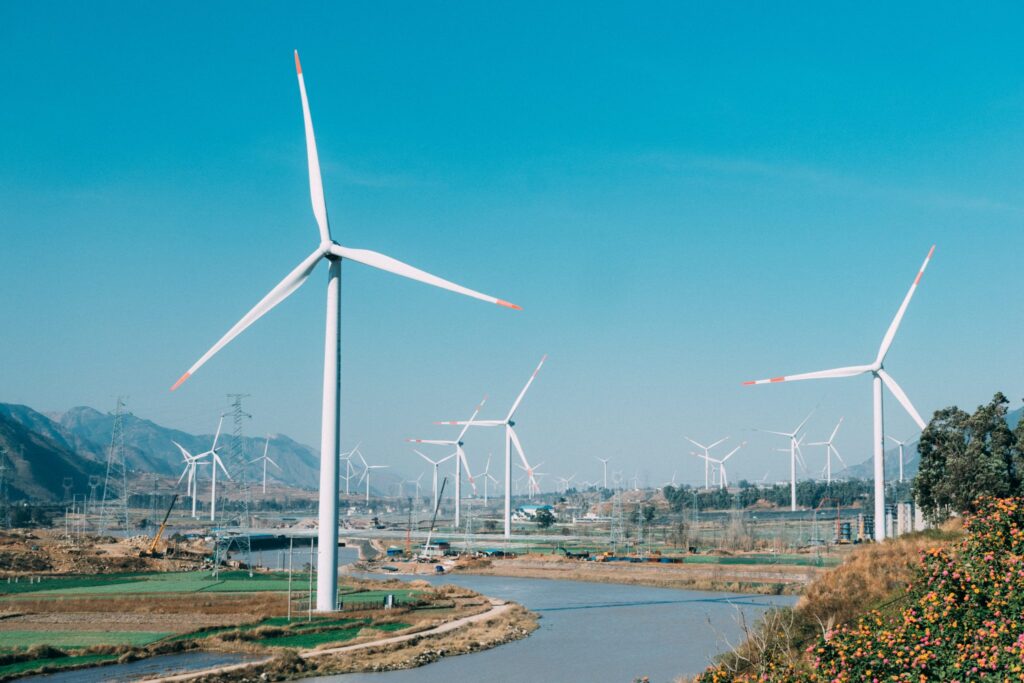A record 60% of Europe’s electricity was powered by clean energy sources in the opening two months of 2024, driven by strong year-on-year growth in hydro, solar and wind generation and a rebound in nuclear power production.
Total clean electricity generation was a record 516.5 terawatt hours in January and February, up 12% from the same period in 2023, data from energy think tank Ember shows.
Fossil fuel-powered electricity production was 351 TWh, the lowest for that period since at least 2015 and down over 8% from the same months in 2023.
Coal-fired output during January and February was down nearly 15% from the same period last year, while production from natural gas-fired plants was down 4%.
CLEAN LEADERS
Nuclear facilities remained the largest single source of clean power in Europe, producing 172.5 terawatt hours (TWh) of electricity.
That total was 4.1% more than in the same months of 2023, but is the second lowest for the opening two months of the year since 2015, following the closure of Germany’s nuclear power plants last year and enduring output issues in France.
Hydro dams were the second largest source of Europe’s clean power, generating 153 TWh of electricity, or a record 17.6% share of Europe’s total electricity generation.
Total hydro electricity output was up nearly 23% from the same period in 2023, thanks to strong output in Norway, France, Switzerland and Portugal so far this year.
Wind farms generated a record 137.5 TWh of electricity during the first two months of 2024, up 14% from the same period in 2023.
Solar-powered electricity generation also scaled a new high of 24.4 TWh, which was nearly 19% more than during the same months of 2023.
GLIDE PATHS
If Europe’s electricity generation from solar and wind farms continues to expand at the pace seen in recent years, combined solar and wind output may soon overtake nuclear plants as the main source of clean power in the continent.
Combined solar and wind generation has expanded by an annual average pace of 11% per year since 2019, while nuclear output has contracted by around 3% a year over the same period.
So far in 2024, the nearly 162 TWh of electricity generated by wind and solar farms was close to 15% more than during January and February of 2023, and was just 7% less than total nuclear generation this year.
That suggests that if combined solar and wind output expands by the same degree in early 2025, and nuclear generation also expands by the same amount as was seen this year, then total solar plus wind electricity output could surpass nuclear generation as soon as next year.
Such a development would help drive total clean electricity generation to new highs, may help utilities make further cuts to fossil fuel-powered output, and accelerate regional energy transition and pollution reduction efforts.

